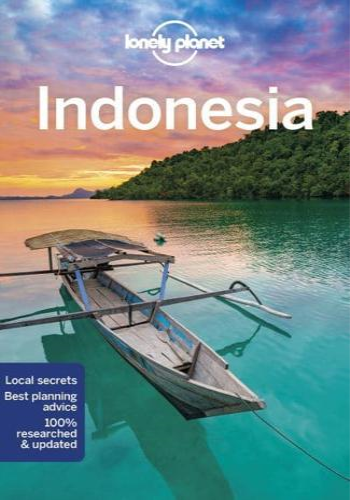The city of Rome is the largest archaeological site in the world, capital and showcase of the Roman Empire and the centre of Christian Europe. This guide provides: DT Coverage of all the important sites in the city from 800 BC to AD 600 and the start of the early middle ages, drawing on the latest discoveries and the best of recent scholarship DT Over 220 high-quality maps, site plans, diagrams and photographs DT Sites divided into fourteen main areas, with star ratings to help you plan and prioritize your visit: Roman Forum; Upper Via Sacra; Palatine; Imperial Forums; Campus Martius; Capitoline Hill; Circus Flaminius to Circus Maximus; Colosseum and Esquiline hill; Caelian hill and the inner via Appia; Lateran to Porta Maggiore; Viminal hill; Pyramid to Testaccio; the outer via Appia; other outlying sites; Museums and Catacombs. DT Introduction offering essential background to the history and culture of ancient Rome, placing the city in the context of the development of the empire, highlighting the nature of Roman achievement, and explaining how Rome came to be the largest city in the ancient world. DT Comprehensive glossaries of Rome's building materials, techniques and building types, a chronological table of kings, emperors, and the early popes, information about opening times, references and suggestions for further reading and a detailed user-friendly index. For this new edition the original text has been extensively revised, adding over 20 more sites and illustrations, the itineraries have been re-organized and expanded to suit the many changes that have taken place in the past decade, and the practical information and references have been fully updated.







